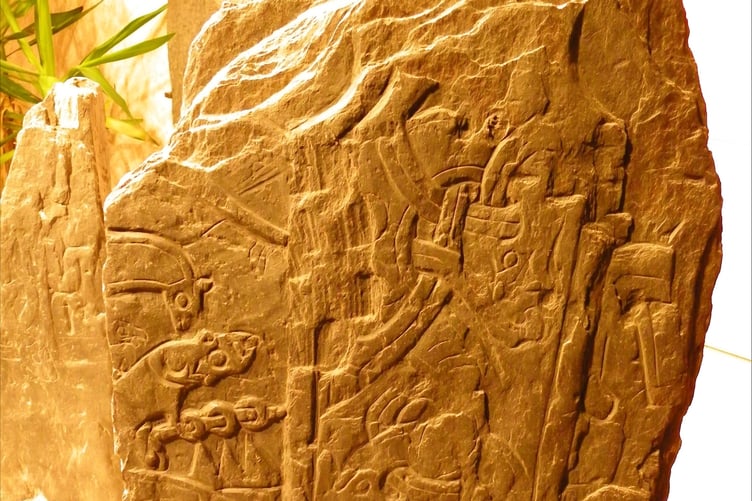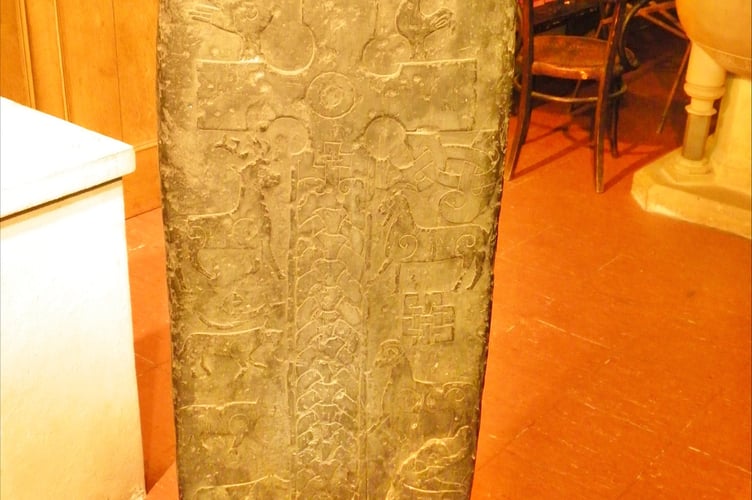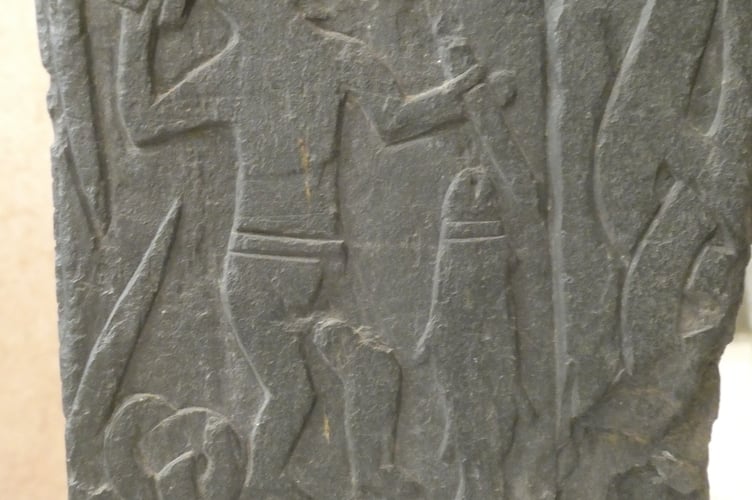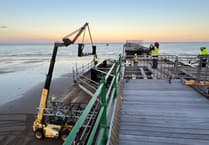A daunting project, 10 years in the planning, will get under way next month to relocate a church’s precious and very fragile 1,000-year-old artifacts.
Andreas Church is home to 11 carved slab crosses dating from the 7th-11th century AD.
The crosses were carved from local slate in the first millennium, initially by the early Celtic Christians and later by the Vikings.
They were used over the succeeding centuries as hitching posts for horses, lintels, building stone, gateposts or part of a wall.
The crosses were gathered together by Victorian enthusiasts such as William Cubbon.
They were initially placed in open shelters in churchyards but in the mid 20th century it was decided to bring them into the church.
Unfortunately, this was the time when material science was not a top priority, and they were set into a block of concrete or cemented straight into the floor of the church.
Plans have been drawn up to use the space at the back of Andreas’s large church for more communal activities - and as visitors to the crosses increase, their awkward placing makes viewing their carvings difficult.

It has been agreed by the church authorities and Manx National Heritage to move the crosses to a better site at the NW corner of the nave, including a state-of-the-art museum showcase for fragments of three small cross slabs of particular value and interest.
One of these has been borrowed twice by the British Museum for important exhibitions on Viking history.
The two large crosses, the 5ft tall Sandulf’s cross slab and a 6ft tall stone carved by Gaut who named himself in the runes, will then be set so that they can be freely examined, while the collection of early Celtic fragments, some found at the Knock y Dooney keeil, will be set along the north wall.
All will have focused lighting to ensure every surviving motif in the carving is visible.

Waveney Jenkins MBE, a volunteer at Kirk Andreas, said: ‘It is a project which we have been raising funds for, planning and researching for the last 10 years.
‘This redevelopment provides a wonderful opportunity for the improved display, ease of access and conservation of these fragile slate crosses. But it also provides for the security of these most precious 1,000-year-old old artifacts which supply such a window into the early history of our island.’
The runes down the side of Sandulf’s cross explains it was raised in memory of his wife, Arinbjorg.
A carving at the base one side shows a lady riding sidesaddle on horseback and is thought to the only known depiction of a Viking woman on a grave slab.

Thorwald’s cross featured in the British Museum’s History of the World project as it depicts the transition in the Viking world from Pagan beliefs to Christianity.
One side shows Norse god Odin being devoured by a wolf while the other shows a figure holding a cross in one hand a cross and a book, possibly a copy of the gospel, in the other.
.png?trim=0,0,0,0&width=752&height=501&crop=752:501)



